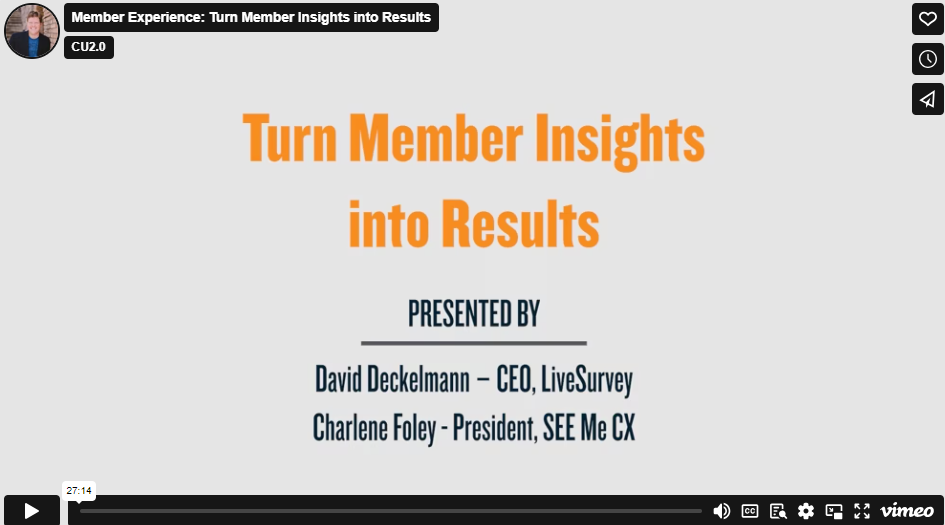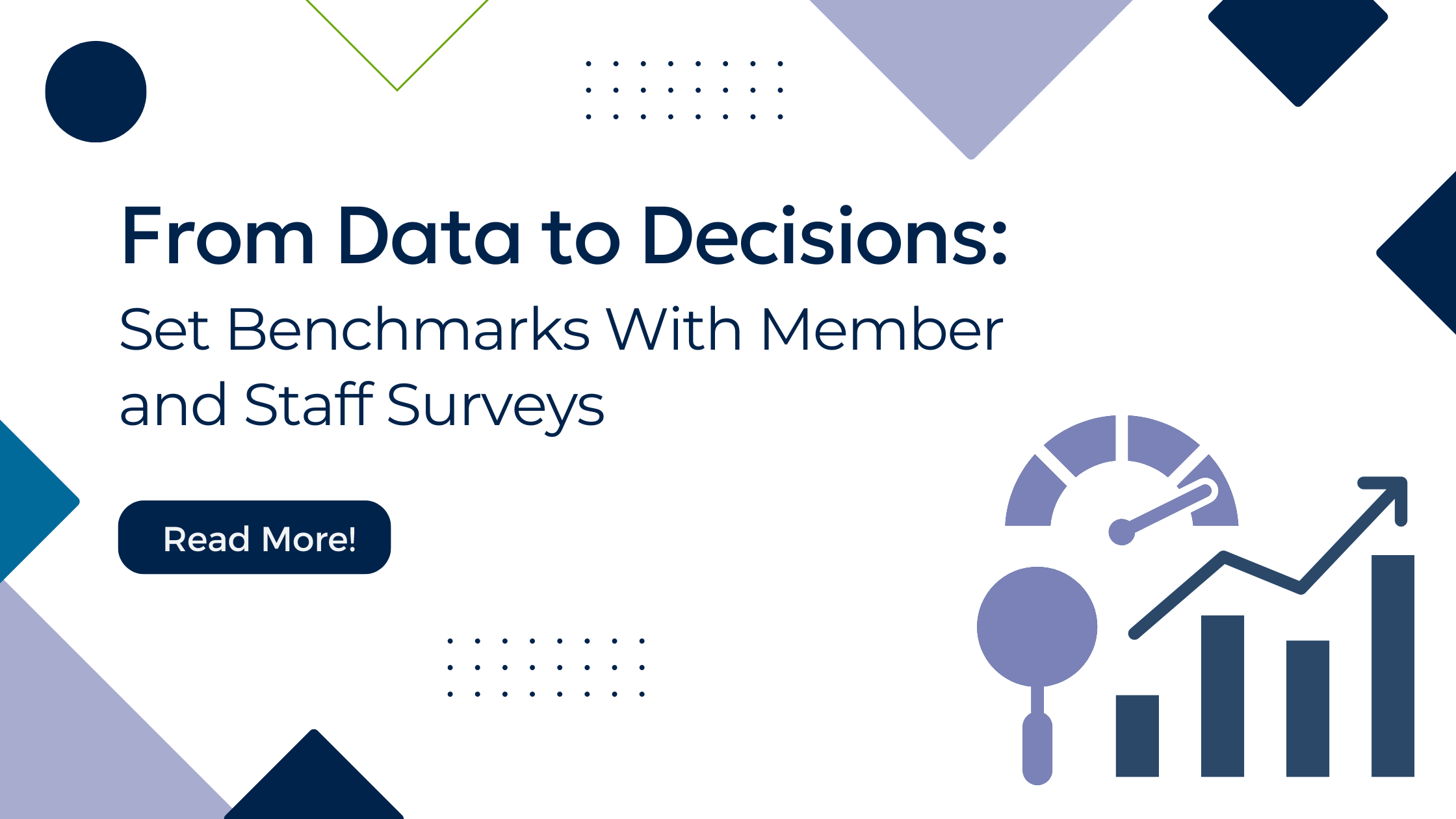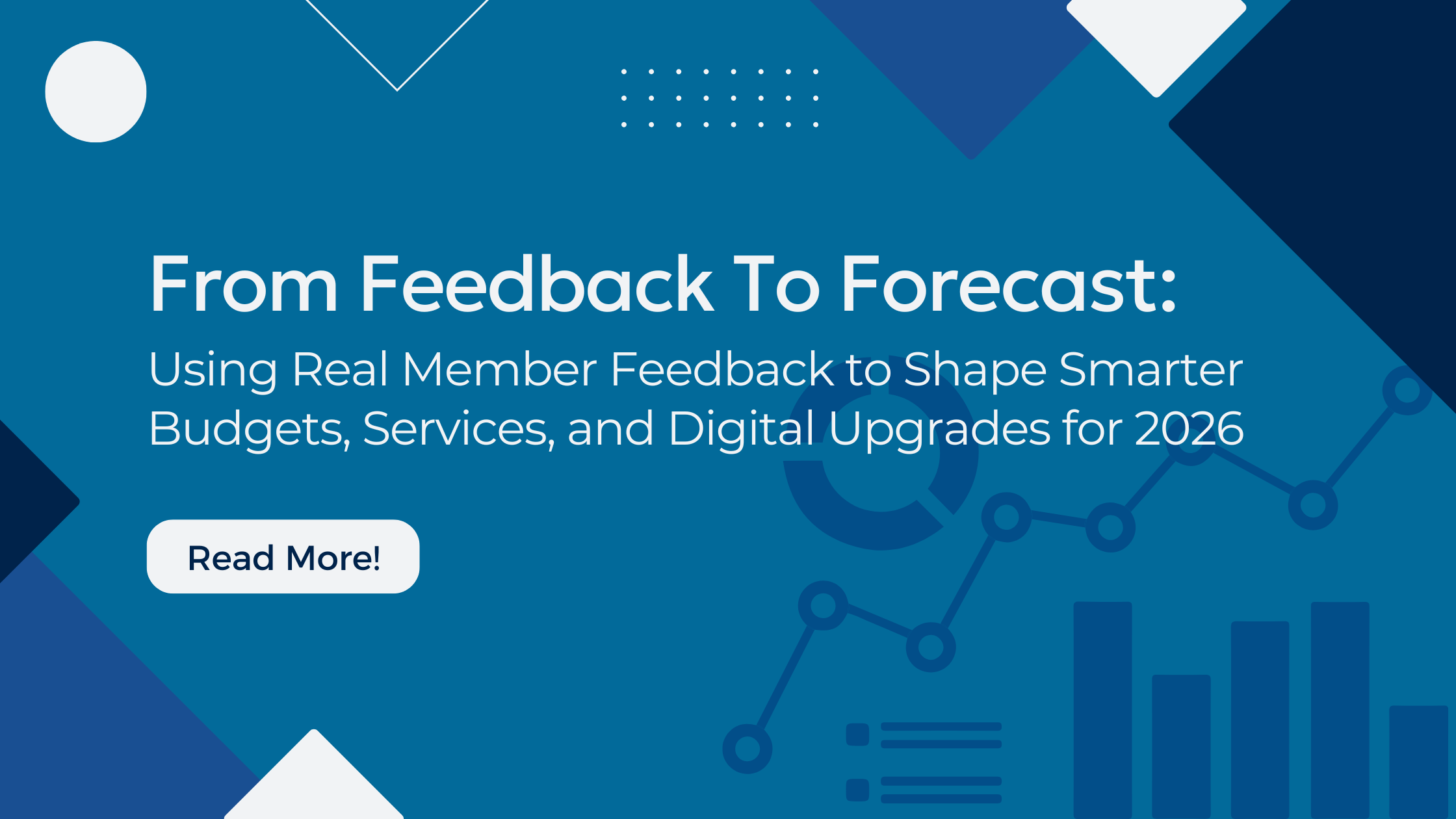Any credit union should consider itself fortunate to gain valuable member data. How they choose to use that data? That’s the real trick.
For the sake of simplicity, we’re going to distill this down to one simple metric—we might as well title this blog, “what kind of member insight can you gain using only one question?” Without spoiling too much, the answer is, “a lot.”
Before we go too far, however, we’re going to talk a bit about net promoter scores (NPS). If you’re unfamiliar with how they work, no sweat! We’ve got you covered. Check out our other blogs and we’ll meet you back here in like, five minutes.
Gaining Valuable Member Data
Relationship surveys are a great way of learning how credit union members feel about how the credit union is performing overall. By asking, “how likely are you to recommend our credit union to a friend,” you can use that data to find out your NPS.
The problem with NPS data is that it’s notoriously difficult to parse. There’s no causal information to help you understand why members rated you the way they did. In short, it’s exceedingly general.
In order to get truly relevant member data, you have to control for a variety of factors. While it’s helpful to see how you’re doing overall, among all members, sometimes it’s more important to see how you’re doing with certain groups.
Member Insight for Specific Groups
Different people experience the world differently based on a variety of factors. For example, when I was a little younger, I loved playing on people’s lawns. Now that I’m older, I get a real sense of satisfaction telling kids to get off my lawn. A little difference in age equals a big difference in lifestyles.
A savvy credit union can differentiate between member types when it reads relationship survey NPS. By analyzing specific groups, credit unions can see a more nuanced picture of member data.
For example, differentiating between newer members and member who have been around for a while, you can get a better idea of how you’re doing. Long-term members may report higher satisfaction with a credit union because of the history they’ve built together, even though they might not be happy with newer products or services.
Conversely, newer members might report high levels of satisfaction because they just switched from a bank that treated them like a dollar sign; however, if they feel they’re compromising on products to get better services, their appreciation could decrease over time.
It’s easy to see how controlling for factors such as age, tenure with their credit union, preference for branch or digital banking, and so on can affect the kind of data and insight you get from your members.
Make NPS Work for You
Credit unions that don’t accurately interpret member data are less likely to understand what their members need. Failure to stay in touch with member insights can lead to dissatisfaction and attrition.
By controlling for different member data groups, credit unions are better able to get meaningful information about what people appreciate, what people need, and where to look for improvement. You can take your relationship survey NPS to the next level just by differentiating member types across a few key axes—doing so will provide you with cleaner, nuanced, actionable member data to help you discern what to offer in the future.
Background Drip
One way we’ve seen people use relationship surveys to great effect is by running a “background drip” NPS. A credit union can survey a handful of people weekly to gain a real-time view of how you’re doing.
Maintaining a constant influx of member data is a good way to augment your survey approach. More importantly, continuous feedback can help you determine what direction to push your credit union to better serve your members.
If you would like to learn more about how credit unions use surveys to better understand their members, then check out the following articles:
What is the Most Surprising Member Insight Credit Unions Have Gained from Surveys?
What are the Top 3 Surveys that Credit Unions Use?






